Dispatches Do Brasil: Volkswagen's Inferno and the Gol's Fall From Grace

How much is first place worth? How much difference would it make to you as an automaker to see a decades old tradition die? How much would you do to try to keep first place and how much would it hurt to see it all go away?
Those are the questions Volkswagen do Brasil is facing. Not being Brazilians’ favorite brand for 13 years now, falling away to third place, watching General Motors taking second and Fiat pulling away ever more in first, VW must now confront the reality it cannot even claim the most sold car title either. Costing them it is, after all the Brazilian press is having a field day analyzing Volkswagen’s fall from grace. It must also smart that the Palio edged the Gol by a little under 400 cars, while GM managed just 2,000 more sales overall than the Germans.
After 27 years as the most sold car in Brazil, the Volkswagen Gol ceded the crown to its main rival, the Fiat Palio. Not only that, the German company saw its participation shrink more than the others who make up the Brazilian Big 4 (Fiat, GM, VW and Ford). In traditional fashion, not recognizing their mistakes, Volkswagen do Brasil released a statement trying to explain:
“the Gol is a winner, having been the favorite of Brazilians for 27 years in a row. It is the most produced (more then 7.5 million units), sold and exported (more than 1.2 million units to 66 countries) car in the history of Brazil. Even in 2014, the model was chosen by 183,367 clients, a difference of only 0.2% (even with the exit of the G4 version from the market) in relation to its competitor (that is still maintains two versions of the car under the same name in its line: the old and the new one.”
This statement hides as much as it reveals. With the beginning of 2014, all cars in Brazil had to be sold with double frontal airbags and ABS. As such, all companies had to revise their strategies and Volkswagen started the year confident that the new up! would be more than enough to buoy the brand and take sales from the Uno, while the Gol would go head-to-head with the Palio. Fiat meanwhile took a different route, being that the old Palio Fire was a much more modern car than the its own old Uno Mille and VW’s Gol G4, it decided to go on building the old Palio with the mandated equipment, dressed it up in it pseudo-off road aventureiro decorations. It also revamped the new Uno, especially in its interior.
While both companies lost sales in a declining market, Volkswagen lost market faster than Fiat. While critically acclaimed, including by yours truly, the up! could not maintain the same fleet sales as the old G4. Fleet buyers became increasingly interested in the Palio Fire as it sported the same basic architecture as it always had and made use of time honored engines. VW meanwhile was launching a new three-cylinder engine with the up! and fleet buyers showed hesitation to fully embrace the new engine, as recent VW engine launches have been fraught with trouble.
Private buyers also balked at the new VW launch. The up!’s design was deigned to dainty for a Volkswagen and while it brought some conquest sales surely, VW-loyalists rejected the car.
Just as importantly, Volkswagen, making use again of their own time-honored tradition of not heeding to the market and not learning from the mistakes of the past, refused to acknowledge the emergence of the new Brazilian consumer who rejects entry-level cars. Aiming straight at that new figure, Chevy’s Onix and Ford’s Ka had a very big year and seemingly took more sales from the Gol than the Palio. They did so by offering more equipment for the same price and putting in some wow-me technology, equipment and better finished interiors (all of which is optional on ups!).
Fiat was quick to acknowledge this new reality. The Uno got a pretty thorough re-design on the outside and a completely new and better interior, not to mention new equipment and technologies as standard, leading the model to have a year of growth. The Palio did likewise, and in the new Palio line, extra equipment was added without raised prices, while the old Palio Fire got a new interior, some new exterior touches, and the all-important aventureiro dressing (plastic cladding, an extra inch or two of height, bigger wheels and tires, stickers, etc.).
As the year of 2014 progressed, the market increasingly saw Volkswagen in trouble. The up! was off to a slow start. The Gol’s redesign seemingly didn’t work (as VW should have known it wouldn’t if they were paying attention) because what the market was buying was equipment. The Palio was growing month over month. The Uno reclaiming its traditional top spots. Even better for Fiat the Strada was having a banner year taking the sales crown in February (the first time ever a pickup achieved this in Brazil) and finished the year in third place, the highest place a pickup has ever managed in the history of Brazil.
After the middle of the year the race between Gol and Palio reached a fevered pitch, with the Palio winning every month and outpacing the Gol’s sales by ever larger margins. As November ended, the Palio had managed a YTD advantage over the Gol of over 1,800 units. In a desperate measure and going against previously revealed plans for the nameplate, VW launched the Gol Special, special in its 2-door nothingness. Stripped to its utter bare bones to entice back fleet buyers, the Gol Special is in effect VW’s Palio Fire model.
In December, an orgiastic climax was reached. Volkswagen pulled no stops. As the first fortnight of that month ended, sales numbers revealed the Gol was edging out the Palio again. This was done with non-stop production at VW factories, writing off cars to dealerships as sold, huge discounts for fleet buyers of Gol G6 and Special models, exceptional financing opportunities to consumers and cash on the hood offers. Fiat reacted, and made use of much of the same tactics to defend the Palio’s lead. Both Fiat and Volkswagen have huge distribution channels in Brazil and both pumped out the cars in ever increasing numbers, saturating the market with officially sold cars that languished at dealers.
On December 31, 2014, the race ended. When the numbers were tallied a couple of days later, December went down into the history books as the third best selling month in the history of the automobile in Brazil. So much so that in a market that was plummeting by a little over 9% throughout the year, finished with a softer loss of 6%. More importantly, the Palio, old and new, had sold 183,744 cars. Volkswagen’s Gol moved 183,366. A difference of 378 cars. 378.
Overall, Fiat finished in first with 21% of the market and a total of 698,255 sales. Volkswagen had a participation of 17.3% and 576,635 units moved, which was good for only third place. General Motors managed second place on the strength of it almost all knew GM Korea line and sold 2,167 more cars than VW and had a market participation 0.1% greater than the Germans’.
As 2015 begins, January’s first fortnight numbers are available. The Palio, now that the market is cleansing itself of the dirty tactics of the last month of the previous year is kicking the Gol’s ass. It outsold the Gol by a large margin (7,600 to 4,500 in a very bad month), as did the Onix, second this month, the Strada in third, even Hyundai’s HB20 beat the Gol and is in fourth. The mighty, 27-years-in-a-row-leader Gol managed just fifth this month.
The week started off with Fiat announcing that the Uno and Palio will all offer air-conditioning in all versions, besides power steering, power locks and of course the mandated equipment, making them even more attractive to the more discerning Brazilian consumer. General Motors is pumping out the Onix and Onix-derived Prisma sedan in high number and is enjoying seeing its sedan outselling both Fiat’s Siena and VW’s Voyage. Ford is tweaking the Ka and watching its sales grow, planning for extra production capacity as the Ka gains more and more participation. Volkswagen is busy explaining the Gol’s demise and claiming no errors.
2015 will surely be fun. Except maybe for the Germans.

More by Marcelo de Vasconcellos
Latest Car Reviews
Read moreLatest Product Reviews
Read moreRecent Comments
- Zerofoo No, I won't miss this Chevrolet Malibu. It's a completely forgettable car. Who in their right mind would choose this over a V8 powered charger at the rental counter? Even the V6 charger is a far better drive.
- Offbeat Oddity Nope, I won't miss it. I loved the 2008-2012 Malibu, but the subsequent generations couldn't hold a candle to it. I think the Impala was much more compelling at the end.
- Zerofoo An almost 5000 pound hot hatch that fell out of the ugly tree and hit every branch on the way down? No thanks.
- Tassos Jong-iL This would still be a very nice car in North Korea.
- Jeff One less option will be available for an affordable midsize sedan. Not much can be done about GM discontinuing the Malibu. GM, Ford, and Stellantis have been discontinuing cars for the most part to focus on pickups, crossovers, and suvs. Many buyers that don't want trucks or truck like vehicles have moved onto Japanese and South Korean brands. Meanwhile large pickups and suvs continue to pile up on dealer lots with some dealers still adding market adjustments to the stickers. Even Toyota dealers have growing inventories of Tundras and Tacomas.



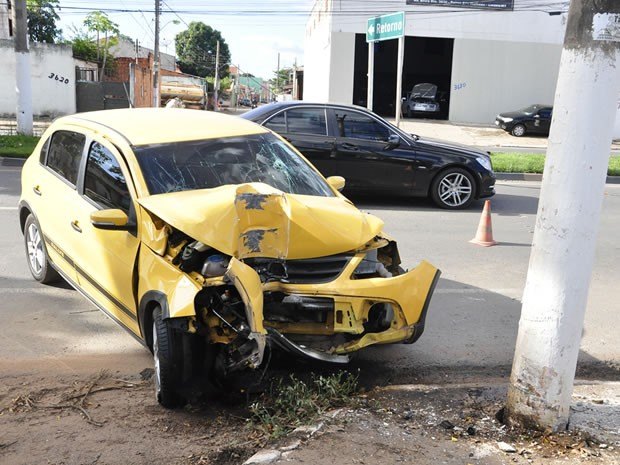















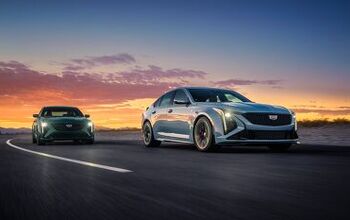
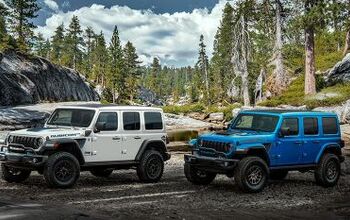
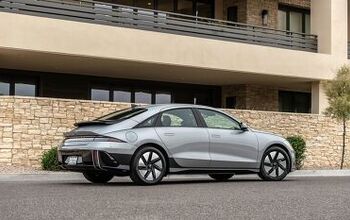
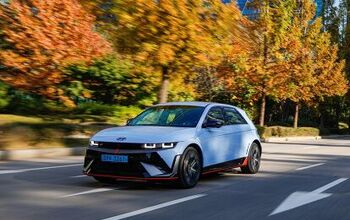
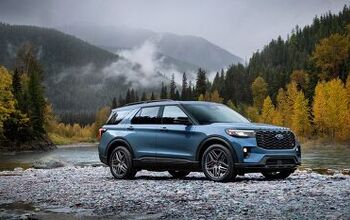
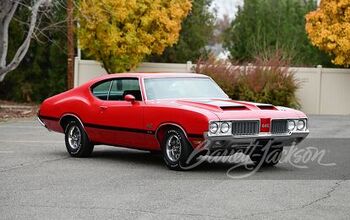

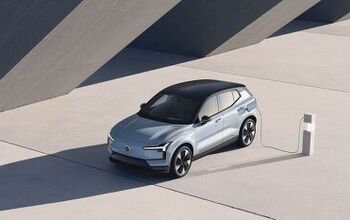
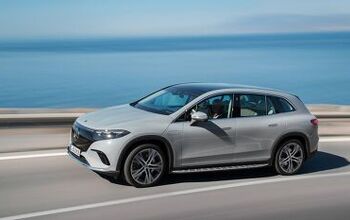
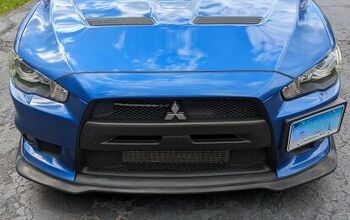
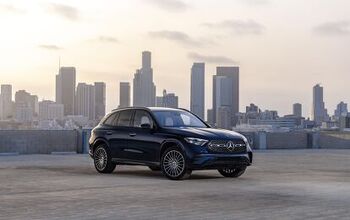
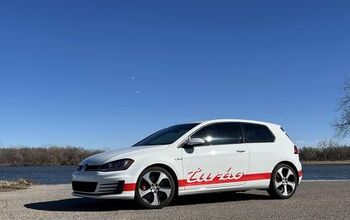
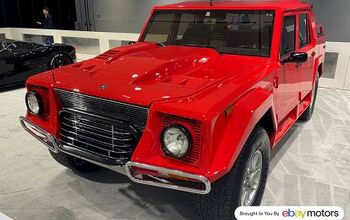
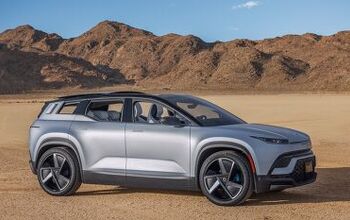

Comments
Join the conversation
Thank you Marcelo, this was a beautiful poetic piece. I hate Volkswagen and bask in their demise, irrespective of continent. Does VW have a reputation of honoring their warranty in Brazil? Or do they bob and weave defect claims there as well? It must be incredibly difficult to warranty utter junk in such an increasingly competitive market. I have heard that Hyundai is held in very high regard in Brazil, truth?
Macelo you talk about the european polo? the same of the WRC? or a new version of the old polo of the 90'?